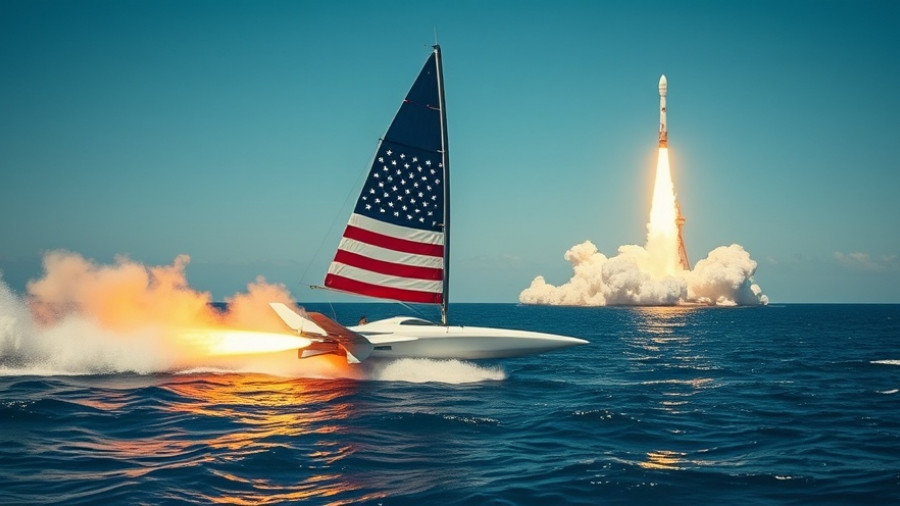
Lockheed Martin Secures $233 Million Contract: A Game-Changer for Defense
In an exciting development for the U.S. military, Lockheed Martin has recently secured a $233 million contract for the full-rate production of its advanced Infrared Search and Track (IRST) Block II systems. This technology is poised to significantly enhance the operational capabilities of U.S. Navy and Air National Guard fighters.
Understanding the IRST Block II Technology
The IRST Block II system is a cutting-edge long-wave infrared sensor designed to passively detect and track airborne threats from remarkable distances. Equipped with sharper optics and advanced processors, it allows for enhanced situational awareness and effective long-range missile targeting. This capability will enable quicker responses to enemy actions, a crucial edge in modern warfare.
Strategic Value of the Contract
The $233 million contract is allocated as part of the fiscal 2025 aircraft procurement funds and highlights the Pentagon's ongoing commitment to modernizing its military capabilities. Lockheed Martin's Missiles and Fire Control unit will be the primary contractor, performing key work in various locations, including Orlando, Florida, further solidifying the company’s role in national defense.
Broader Implications for Technology in Warfare
This contract not only strengthens American military capabilities but also sheds light on the shifting landscape of warfare technology. As countries around the world invest more heavily in defense systems and military advancements, technologies like the IRST Block II will play an integral role in maintaining national security and international stability.
Looking Forward: The Future of Defense Technology
The IRST Block II is set for completion by September 2029, but the implications of this technology extend far beyond its delivery. As warfare evolves and adversaries adopt more sophisticated tactics, leveraging technologies that increase detection capabilities is essential. Future innovations, like those seen in the IRST Block II, will continue to shape the strategies of defense organizations across the globe.
This contract illustrates the critical intersection of technology, strategy, and national security. In a world where threats can emerge from any direction, the development and deployment of advanced systems like the IRST Block II are indispensable.
 Add Row
Add Row  Add
Add 




Write A Comment